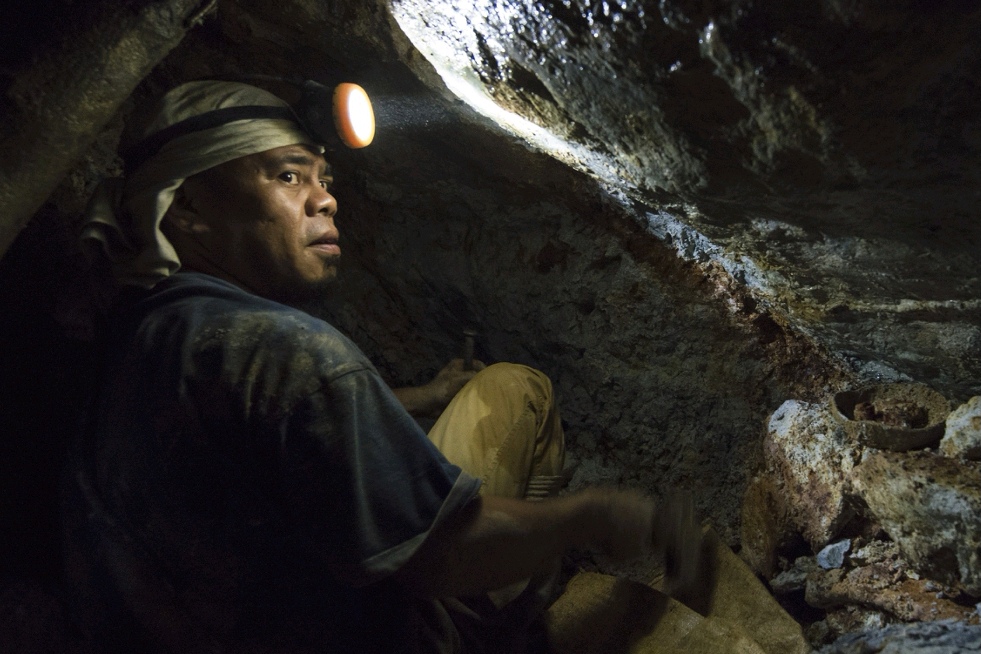Why Philippine gold miners stay underground
Gold from the Philippines is mostly mined by hand—but rarely traded above board. With about 500,000 artisanal and small-scale gold miners (ASGM) producing 70% of the country’s gold, formalizing this fragmented sector remains a political, legal, and environmental quagmire.
Research conducted by the World Gold Council in early 2025 highlights how underregulated gold processing plants could play a pivotal role in lifting small-scale mining into the formal economy—if only policy and infrastructure could catch up.
Despite efforts to professionalize the sector, most ASGM operations in the country remain informal. Their gold often flows through opaque and sometimes illicit channels, leaving miners vulnerable to exploitation and environmental harm. Inadequate access to responsible finance and exposure to predatory trading conditions further entrench these miners in a cycle of informality.
Mercury use remains widespread—mining techniques can recover as little as 30% to 40% of gold, with the toxic tailings sometimes reprocessed with cyanide by third parties, creating cascading environmental hazards.
Processing plants—whether community-run or privately operated—are critical to changing this dynamic. Smaller plants, typically located within mining areas, use basic gravity methods, while larger facilities leverage more efficient leaching technologies. But location, capacity, and regulatory bottlenecks all limit their impact.
The Bangko Sentral ng Pilipinas (BSP) occupies a unique position globally as the only central bank with a refinery accredited by the London Bullion Market Association.
While its ASGM gold-buying program thrived until 2011, the 2% excise and 5% creditable withholding taxes introduced in 2012 drove miners to alternative markets. Though the BSP has since revived its program, it struggles to match informal buyers in price and convenience.
A pilot project under planetGOLD is working to re-establish trust. It includes a supplier agreement between the BSP and an ASGM association, offering access to financing for processing plants and exemptions from certain taxes.
Two plants identified for the project—Paracale and Sagada—are expected to operate mercury-free.
In Sagada, environmental protection is prioritized by the local indigenous community. In Paracale, once fully operational, the plant is projected to yield 55 kilograms of clean gold annually. Still, many smaller facilities in the area report daily outputs as low as four grams.
But regulatory complexity continues to stifle progress. Under the People’s Small-Scale Mining Act (Republic Act No. 7076), processing plants must operate within designated mineral processing zones and secure a Mineral Processing License. The process is slow and often confusing. Applicants face bureaucratic delays, unclear requirements, and minimal government support.
Establishing a facility on ancestral land triggers an additional layer of approvals requiring Free, Prior and Informed Consent (FPIC) from indigenous communities—a process that can take years.
Even when approvals are secured, supply isn’t guaranteed. The government has periodically shut down mining operations over environmental concerns, including during the COVID-19 pandemic, when a moratorium on new permits was lifted to stimulate economic recovery. Local bans still persist in some areas.
Compounding the issue are allegations of corruption. In regions like Mindanao, gold smuggling reportedly flourishes with help from local officials who allegedly use illicit mining to bankroll political campaigns or counter-insurgency operations.
Frequent shifts in national mining policy also create uncertainty. Periodic moratoriums, environmental bans, and shifting priorities—such as the post-pandemic reversal of a nine-year freeze on new mining permits—disrupt supply chains for processing plants.
Even when legal frameworks exist, enforcement is patchy. According to WGC, some local governments permit mining activity before requirements are met, while others block projects outright on environmental grounds.
These barriers are particularly tough on small operators, who often lack the capacity to navigate legal and technical requirements. Efforts to promote cleaner technologies and community engagement are underway, but they require upfront investment and long-term regulatory clarity—both of which are in short supply.
The Philippines has the tools to transform its ASGM sector into a model of responsible gold production. But until regulatory consistency, financial incentives, and transparency improve, the formalization of gold processing will remain out of reach.



0 Comment